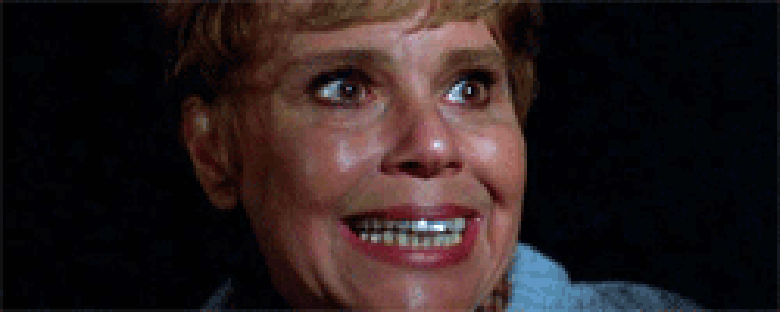Reviews
Sean S. Cunningham
USA, 1980
Credits
Review by Rumsey Taylor
Posted on 12 October 2006
Source Paramount DVD
Related articles
Features: 31 Days of Horror
Features: Neverending Nightmares: A Retrospective of Friday the 13th and A Nightmare on Elm Street
Prefixing a much-respected horror genealogy, the original Friday the 13th is somewhat anomalous among its sequels, given that most of the franchise’s exceptional characteristics are not present within. Its rock star slasher doesn’t figure until the sequel, and the goalie mask won’t be worn until Part III. The original is in turn complimented enormously by its relentless chain of sequels (as of this writing, a twelfth installment is reportedly in the works). Viewing the film with the knowledge of its established iconography — the goalie mask, the chi chi chi… ah ah ah… that resounds as we assume the killer’s point-of-view — it comes to avoid expectations, retroactively emerging as the franchise’s least perfunctory entry because the killer so easily associated with it is omitted entirely. It’s easy, by comparison, to consider the threat of someone behind a tattered goalie mask (which looks not unlike a skull), so imagine the difficulty in ascertaining any threat in his fifty-something mother.
Pamela Voorhees’ introduction in the final half of Friday the 13th is an ingenious aspect of the film, because, frankly, she looks like a mom. At this point she has already killed most of the Camp Crystal Lake counselors by way of knifing and axing, so in her attentive eyes, welcoming smile, and knitted sweater we are to discern some signifier of brutality. But there’s nothing, immediately, besides her outright kindness, which is inappropriate given the circumstances. She has one more victim — Alice — and Mrs. Voorhees corners her not with agility, entrapment, or even any weapon, but by kindness. There is a perverse thrill behind her beguiling grin, because it is one of the only instances in the entire Friday the 13th franchise in which the viewer is given a face with which to associate horror.
Friday the 13th opens with a mainstay of the slasher subgenre: the flashback. In 1958 a pair of counselors is seen leaving some evening activity in the interest of some discreet lovemaking. We observe them in a hand-held point-of-view, their exchange interrupted shortly before the guy can remove the girl’s blouse. The guy is stabbed, and then the girl’s screaming face fills the composition, shortly before her own death. The killer’s hands will jut from the bottom or sides of the frame—at once depriving us a view of the attacker’s face or body, and forcing us vicariously to assume some complicity in the crime.
In this manner, Friday the 13th borrows liberally from John Carpenter’s epochal Halloween, but in retrospect it seems less a theft than an employment of a set of requisite genre components: the opening flashback, the killer’s point-of-view, promiscuous and therefore vulnerable teenagers, primal weaponry, and almost identically repeated episodes of suspense. These components no longer belong to any specific film, and as such, their iteration is evaluated according to circumstance—how this flashback or this promiscuous teen compares to others in other films. It is by this measure that Friday the 13th emerges not as an outstanding slasher film, but as a succinctly formulaic one. It’s prosaic in its employment of these components, an exemplar of utilitarian perfection.
We don’t do comments anymore, but you may contact us here or find us on Twitter or Facebook.



